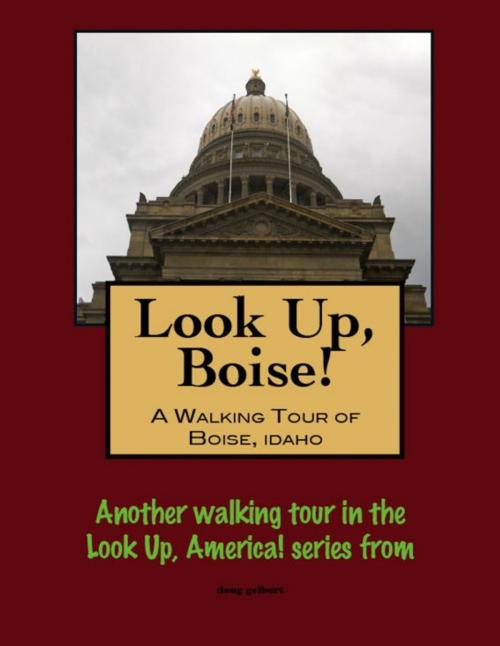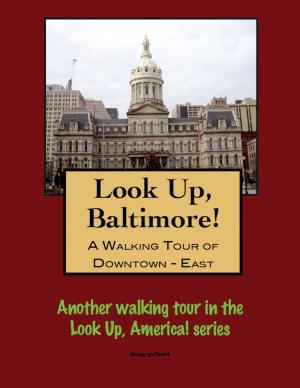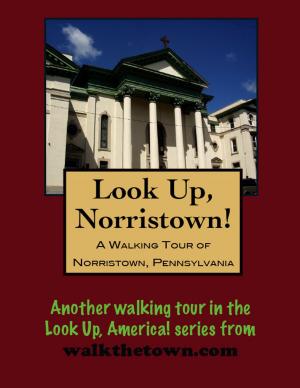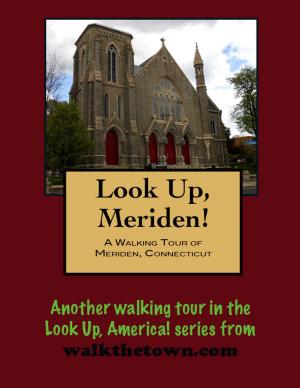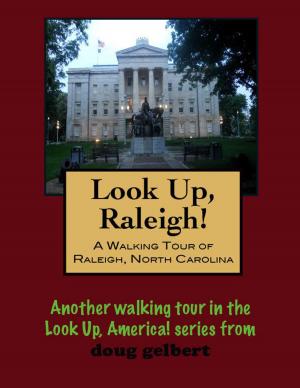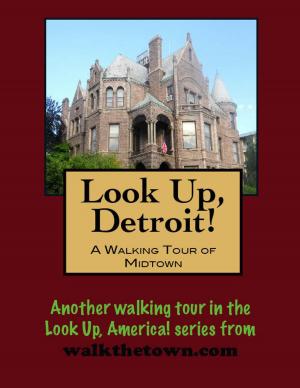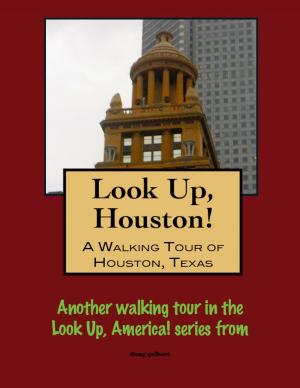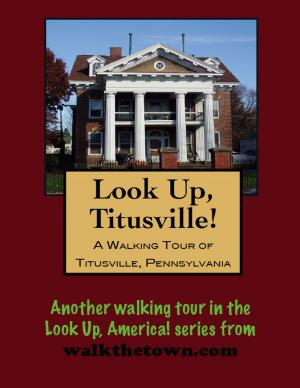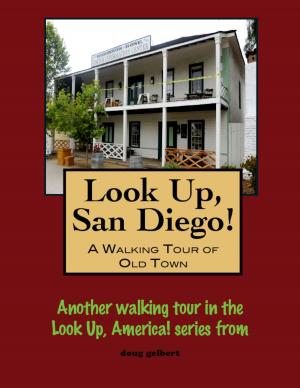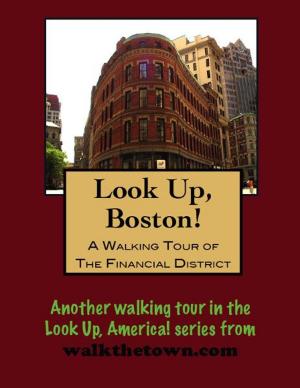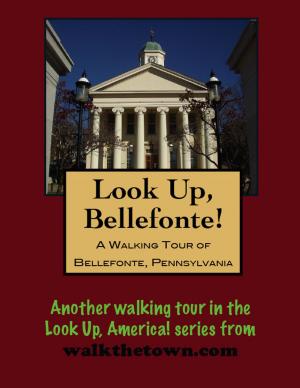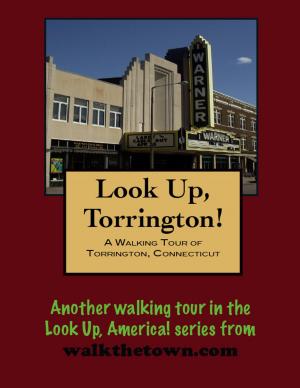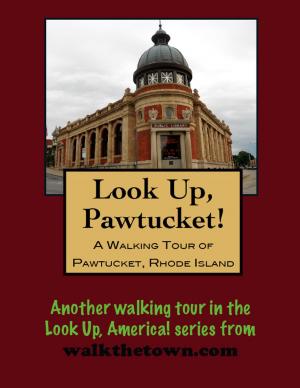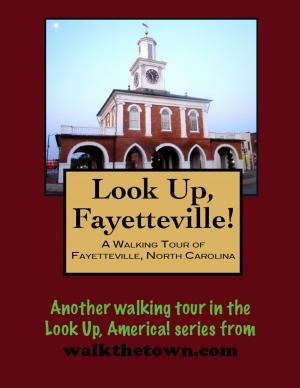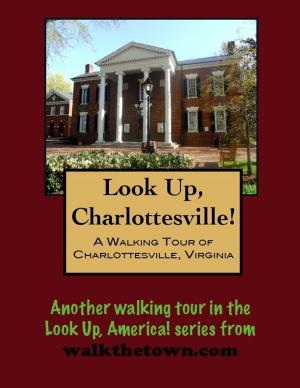| Author: | Doug Gelbert | ISBN: | 9781301661961 |
| Publisher: | Doug Gelbert | Publication: | November 9, 2012 |
| Imprint: | Smashwords Edition | Language: | English |
| Author: | Doug Gelbert |
| ISBN: | 9781301661961 |
| Publisher: | Doug Gelbert |
| Publication: | November 9, 2012 |
| Imprint: | Smashwords Edition |
| Language: | English |
There is no better way to see America than on foot. And there is no better way to appreciate what you are looking at than with a walking tour. Whether you are preparing for a road trip or just out to look at your own town in a new way, a downloadable walking tour is ready to explore when you are.
Each walking tour describes historical and architectural landmarks and provides pictures to help out when those pesky street addresses are missing. Every tour also includes a quick primer on identifying architectural styles seen on American streets.
Today Boise is on the verge of being among the 100 most populous cities in America, the largest metropolitan area between Salt Lake City and Portland and the third most peopled region in the Pacific Northwest. All impressive statistics for a town, despite being the state capital that entered the 20th century with scarcely 5,000 people and no rail service that left it isolated and accessible only on rutted wagon roads.
Thousands of emigrants moving along the Oregon Trail knew "les bois" as the wooded area so designated by French Canadian trappers from the Hudson's Bay Company. Gold hunters began reporting strikes in the area in the 1860s and the United States Army constructed Fort Boise in 1863. A town was quickly laid out and by 1865 Boise had snatched the territorial capital from Lewiston up north.
The population dwindled as the gold played out but some determined Boiseians were not ready to see their town wither away. They began digging irrigation systems and cultivating fields and reinventing the capital city as an a agricultural valley. The town began booming after 1900, so much so that when famed lawyer Clarence Darrow came in 1907 to argue one of the country's most sensational cases in the dynamite assassination of Idaho governor Frank Steunenberg, he called Boise, "the Athens of the West." Darrow, by the way, got labor leader William "Big Bill" Haywood off on the charge of ordering the murder.
Although Boise was an aggressive player in the urban renewal craze of the third quarter of the 1900s, our walking tour of downtown Boise will encounter some of those buildings that so impressed Clarence Darrow and we will start at the landmark that was just getting constructed at that time...
There is no better way to see America than on foot. And there is no better way to appreciate what you are looking at than with a walking tour. Whether you are preparing for a road trip or just out to look at your own town in a new way, a downloadable walking tour is ready to explore when you are.
Each walking tour describes historical and architectural landmarks and provides pictures to help out when those pesky street addresses are missing. Every tour also includes a quick primer on identifying architectural styles seen on American streets.
Today Boise is on the verge of being among the 100 most populous cities in America, the largest metropolitan area between Salt Lake City and Portland and the third most peopled region in the Pacific Northwest. All impressive statistics for a town, despite being the state capital that entered the 20th century with scarcely 5,000 people and no rail service that left it isolated and accessible only on rutted wagon roads.
Thousands of emigrants moving along the Oregon Trail knew "les bois" as the wooded area so designated by French Canadian trappers from the Hudson's Bay Company. Gold hunters began reporting strikes in the area in the 1860s and the United States Army constructed Fort Boise in 1863. A town was quickly laid out and by 1865 Boise had snatched the territorial capital from Lewiston up north.
The population dwindled as the gold played out but some determined Boiseians were not ready to see their town wither away. They began digging irrigation systems and cultivating fields and reinventing the capital city as an a agricultural valley. The town began booming after 1900, so much so that when famed lawyer Clarence Darrow came in 1907 to argue one of the country's most sensational cases in the dynamite assassination of Idaho governor Frank Steunenberg, he called Boise, "the Athens of the West." Darrow, by the way, got labor leader William "Big Bill" Haywood off on the charge of ordering the murder.
Although Boise was an aggressive player in the urban renewal craze of the third quarter of the 1900s, our walking tour of downtown Boise will encounter some of those buildings that so impressed Clarence Darrow and we will start at the landmark that was just getting constructed at that time...
